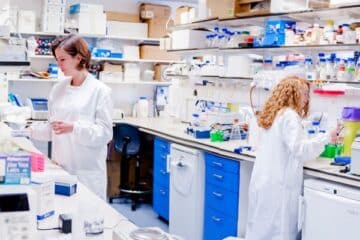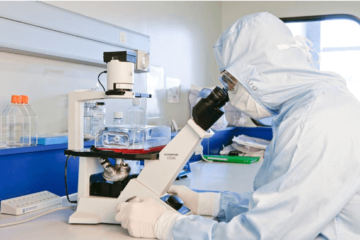ALS and Stem Cell Breakthroughs to Look for in 2024
在 2024, the race for an ALS cure continues with promising stem cell advancements. Researchers explore novel therapies using patient-specific stem cells to repair damaged neurons and halt disease progression. Expect breakthroughs in stem cell transplantation, gene editing, and personalized treatments, bringing hope to those battling ALS.













